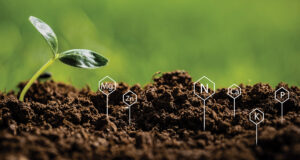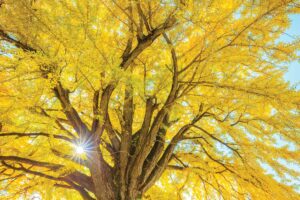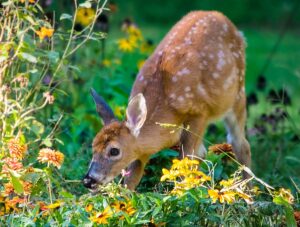When fall rolls around, it’s easy to feel like you just want to be done with gardening for the season, but numerous fall gardening activities will help prepare your landscape for greater success next year.
Prepare annual flower beds
After the first frost, prepare beds for next year’s planting by removing this season’s plants. Think about improving your soil by incorporating compost, manure or other organic material.
Prepare perennial beds
Herbaceous perennials can be cut back to the ground either in fall or spring. Leave any perennials or grasses with interesting seed heads for winter interest and to provide food for winter wildlife. If any plants were diseased or insect-infested, cut off all stems and foliage and remove the plant material from the garden.
Plant bulbs
Fall is the time to plant spring flowering bulbs in Illinois because they need a cold resting period (vernalization) to flower. The ideal planting time is about four weeks before the ground freezes—usually around mid-October.
Protect trees and shrubs
Young, newly planted trees may need protection from winter wildlife damage. Consider wrapping stems or trunks with wire or a commercial tree guard to fend off deer or other gnawing wildlife. If winter burn is common in your landscape, screen evergreens, particularly exposed broad-leaved types, from drying winter wind and sun with burlap screens or shade cloth shelters.
Water evergreens
If rain is not prevalent this fall, be sure to water evergreens well going into winter. In addition to screening evergreens as stated above, adequate watering can also help prevent winter burn. Moisture availability results in the plant being able to better overcome water loss from drying winter winds.
Do fall pruning
Trees and shrubs can be pruned in the fall, but hold off until plants are dormant. Before pruning, consider any flowering times. Generally, shrubs that flower before June 15 should be pruned immediately after flowering. Prune shrubs that bloom after June 15 in early spring or late autumn before the new flower buds form.
Mulch
Fall is a great time to mulch. The goal of winter mulch is to keep plants dormant, so the mulch should be applied after the ground is cold and plants are fully dormant. To prevent rodents from nesting in the mulch or soil, wait until the ground freezes before applying 4 to 6 inches of organic material.
Do garden cleanup
Rake up fallen leaves and consider composting them or working them into the garden soil. If you plan to compost, shredding leaves with a lawnmower will speed the decomposition. If you add them to the garden, make sure to work them as shredded leaves into the soil for the same reason. As noted earlier, remove any leaves or plant parts that were infected by disease this season.
Clean your tools
Before putting tools into winter storage, clean them thoroughly to prevent disease spread. Dry them well to prevent rust.
Overwinter tender plants indoors
Think about bringing inside some of the plants that wouldn’t likely survive an Illinois winter—annuals like geraniums and purple fountain grass, and tropical plants like hibiscus and succulents. Then there are the summer bulbs—cannas, dahlias, gladiolus, caladium or elephant ear. If you wish to save these, they need to be dug up, stored in a cool area and replanted in spring.









